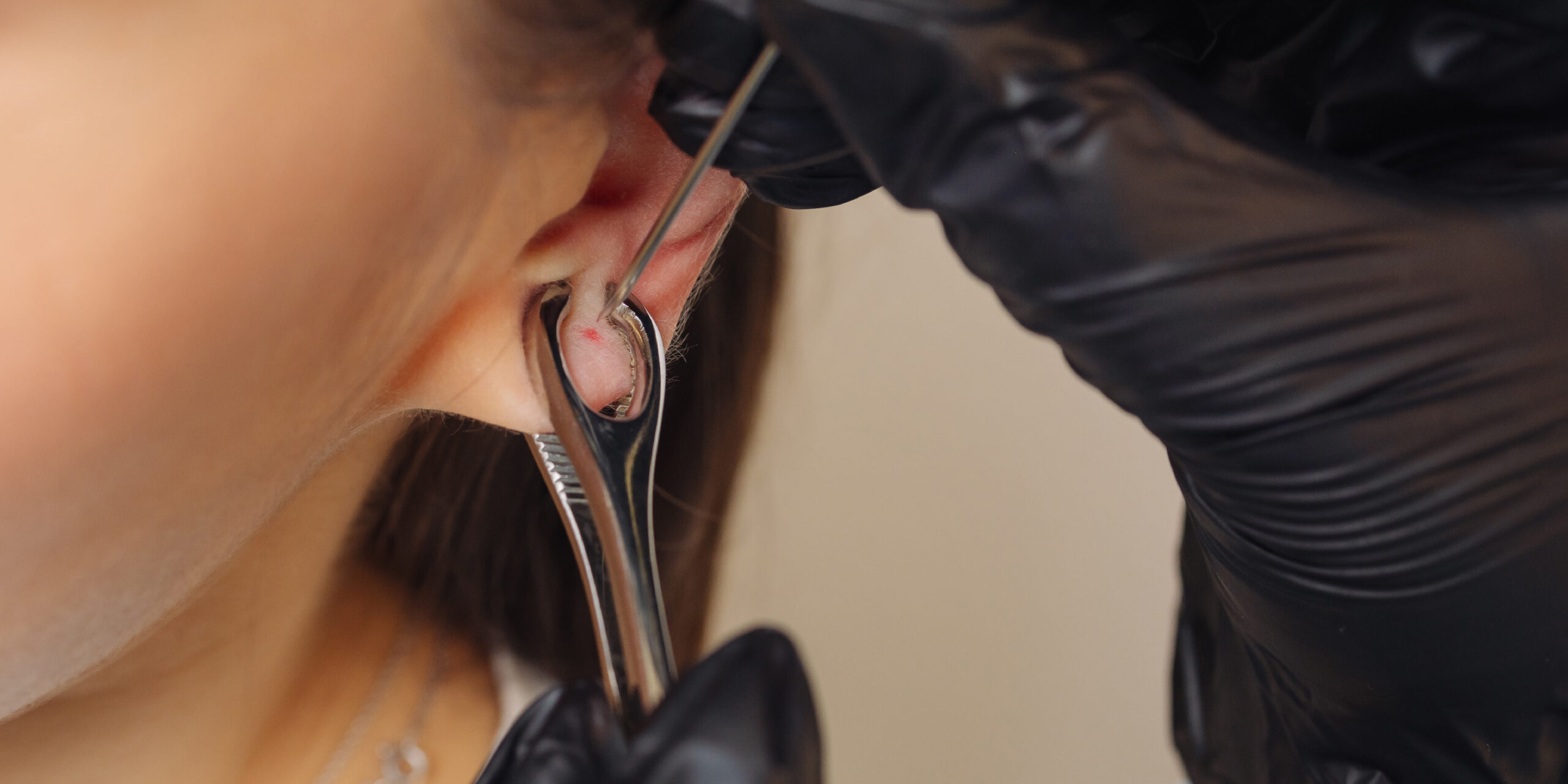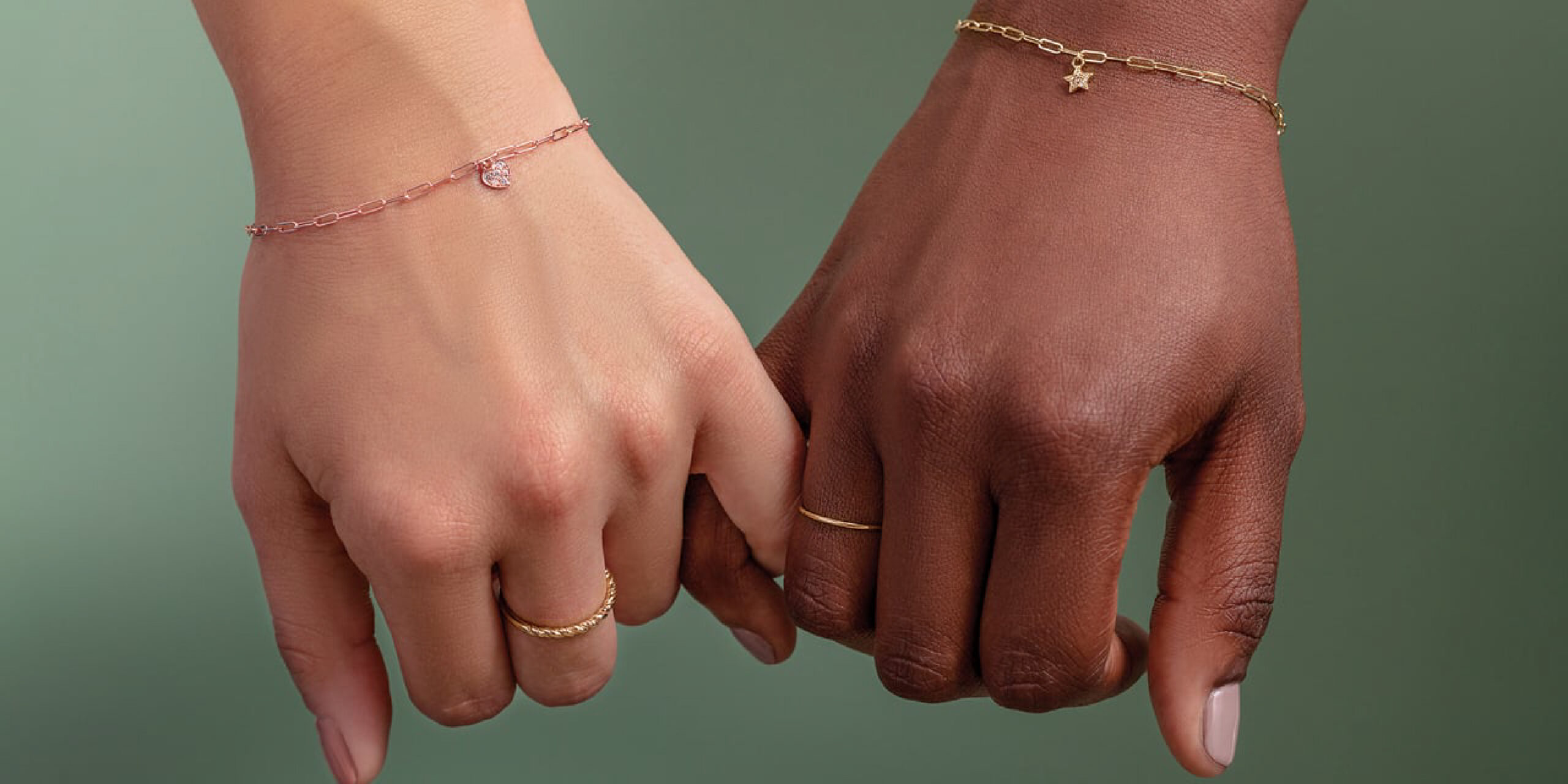Everything You Need to Know About Dermal Piercing: Risks, Aftercare, and More.
Dermal piercings, also known as single-point piercings or microdermals, have become increasingly popular in recent years. Unlike traditional piercings, which are made through the outer layer of skin and have a visible entrance and exit point, dermal piercings are embedded beneath the skin’s surface.
Before getting a dermal piercing, it’s important to know the basics, including the different types of piercings available, the healing process, and the potential risks. In this comprehensive guide, we’ll cover everything you need to know before taking the leap and getting a dermal piercing.
Types of Dermal Piercings
There are several different types of dermal piercings, each with its own unique look and placement options. Some of the most popular types include:
Surface Anchors: Surface anchors are small, disc-shaped pieces of jewelry that are placed just beneath the skin’s surface. They typically have a small visible stud that sits on the surface of the skin, and the rest of the jewelry is embedded below.
Microdermals: Microdermals are small, single-point piercings that are placed beneath the skin’s surface. They typically have a small visible stud that sits on the surface of the skin, and the rest of the jewelry is embedded below.
Dermal Anchors: Dermal anchors are similar to surface anchors, but they have a slightly different design. They have a longer post that is anchored into the skin, and a small disc or ball sits on the surface of the skin.
Placement Options
Take a look at the top 10 most popular dermal piercing placements to help you choose the right location for you.
Nape of the Neck: The nape of the neck is a popular placement for dermal piercings as it is easy to conceal with long hair and provides a unique look when wearing a low-cut shirt or dress.
Collarbone: The collarbone is another popular placement for dermal piercings, as it provides a stylish and elegant look. It is especially popular for those who enjoy wearing necklaces, as the piercing can be displayed in a beautiful way.
Inner Wrist: The inner wrist is a versatile placement option for dermal piercings, as it can be easily concealed or displayed. It is a popular choice for those who enjoy wearing bracelets and wristbands.
Hand: The hand is a unique placement option for dermal piercings, as it provides a modern and edgy look. It is a popular choice for those who enjoy punk or alternative fashion styles.
Foot: The foot is a popular placement option for dermal piercings, especially for those who enjoy wearing sandals or going barefoot. It provides a subtle yet stylish look and is a great option for those who want a piercing that is easy to conceal.
Lower Back: The lower back is a popular placement option for dermal piercings, as it provides a sexy and stylish look. It is especially popular for those who enjoy wearing low-rise pants or skirts.
Hip: The hip is a popular placement option for dermal piercings, as it provides a unique and stylish look. It is especially popular for those who enjoy wearing tight-fitting pants or skirts.
Chest: The chest is a popular placement option for dermal piercings, as it provides a stylish and elegant look. It is a great option for those who enjoy wearing plunging necklines or low-cut tops.
Abdomen: The abdomen is a popular placement option for dermal piercings, as it provides a unique and stylish look. It is a great option for those who enjoy wearing low-rise pants or skirts.
Eyebrow: The eyebrow is a popular placement option for dermal piercings, as it provides a unique and stylish look. It is a great option for those who enjoy a bold and edgy fashion style.
Before choosing a placement for your dermal piercing, it’s important to consider your lifestyle, clothing choices, and personal preferences. It’s also important to consider the healing process and potential risks associated with dermal piercings. Consult with a professional piercer to discuss your options and ensure you make the right choice for you.
The Healing Process
The healing process for a dermal piercing is similar to that of a traditional piercing, but it can take a bit longer. On average, a dermal piercing takes between 4-12 weeks to fully heal, depending on the placement and the individual’s healing process. During this time, it’s important to follow proper aftercare instructions to ensure the piercing heals properly and without complications.
Some common symptoms during the healing process include redness, swelling, and tenderness around the piercing. It’s also not uncommon for the area to be itchy or for there to be a discharge from the piercing. If these symptoms persist or become severe, it’s important to see a professional piercer or a doctor to ensure the piercing is healing properly.
Potential Risks
As with any piercing, there are potential risks associated with dermal piercings.
Some of the common risks include:
Infection: Infection is the most common risk associated with dermal piercings. This can occur if the piercing is not properly cleaned and cared for, or if the jewelry used is not of high quality.
Rejection: Rejection occurs when the body’s immune system reacts to the foreign object (the jewelry) and pushes it out of the skin. This can result in scarring and a noticeable hole in the skin.
Migration: Migration occurs when the jewelry moves from its original placement, either due to improper healing or due to the body’s natural movement.
Scarring: Scarring can occur if the piercing is not properly cared for or if there is an infection or rejection.
In conclusion, dermal piercings provide a unique and stylish look that sets them apart from traditional piercings.













